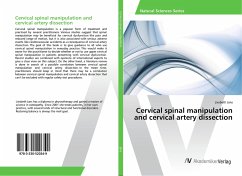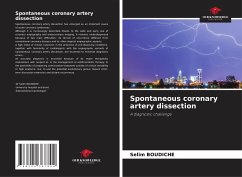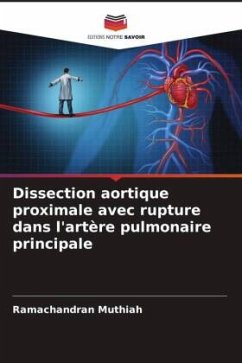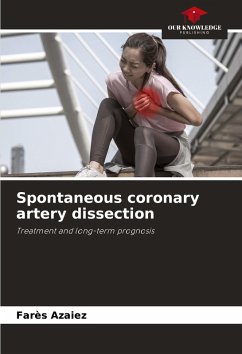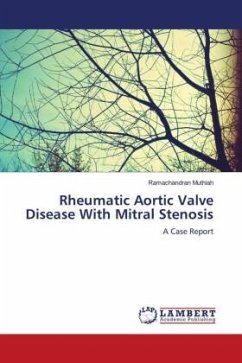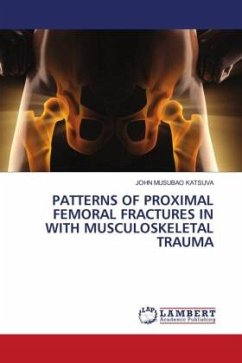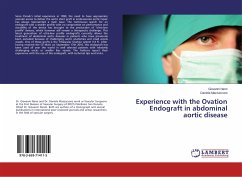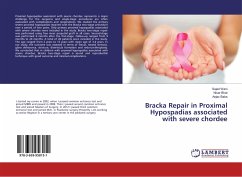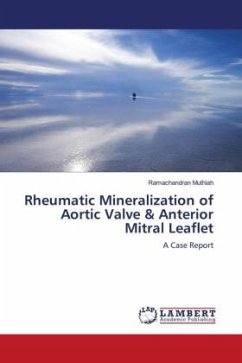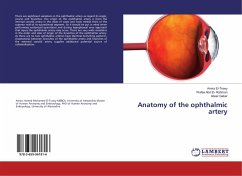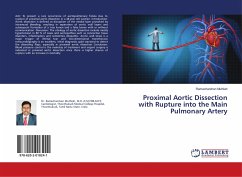
Proximal Aortic Dissection with Rupture into the Main Pulmonary Artery
Versandkostenfrei!
Versandfertig in 6-10 Tagen
24,99 €
inkl. MwSt.

PAYBACK Punkte
12 °P sammeln!
Aim: To present a rare occurrence of aortopulmonary fistula due to rupture of proximal aortic dissection in a 48-year old woman. Introduction: Aortic dissection is defined as disruption of the medial layer provoked by intramural bleeding, resulting in separation of aortic wall layers and subsequent formation of a true lumen and a false lumen with or without communication. Discussion: The etiology of aortic dissection include mostly hypertension in 80 % of cases and aortopathies such as connective tissue disorders, inflammatory and sometimes idiopathic. Aortic wall stress is a major trigger of ...
Aim: To present a rare occurrence of aortopulmonary fistula due to rupture of proximal aortic dissection in a 48-year old woman. Introduction: Aortic dissection is defined as disruption of the medial layer provoked by intramural bleeding, resulting in separation of aortic wall layers and subsequent formation of a true lumen and a false lumen with or without communication. Discussion: The etiology of aortic dissection include mostly hypertension in 80 % of cases and aortopathies such as connective tissue disorders, inflammatory and sometimes idiopathic. Aortic wall stress is a major trigger of intimal tear and two-dimensional transthoracic echocardiography is an excellent, initial diagnostic gold standard to detect the dissecting flaps, especially in proximal aortic dissection. Conclusion: Blood pressure control is the mainstay of treatment and urgent surgery is indicated in proximal aortic dissection since there is higher chance of rupture with an increase in mortality.



